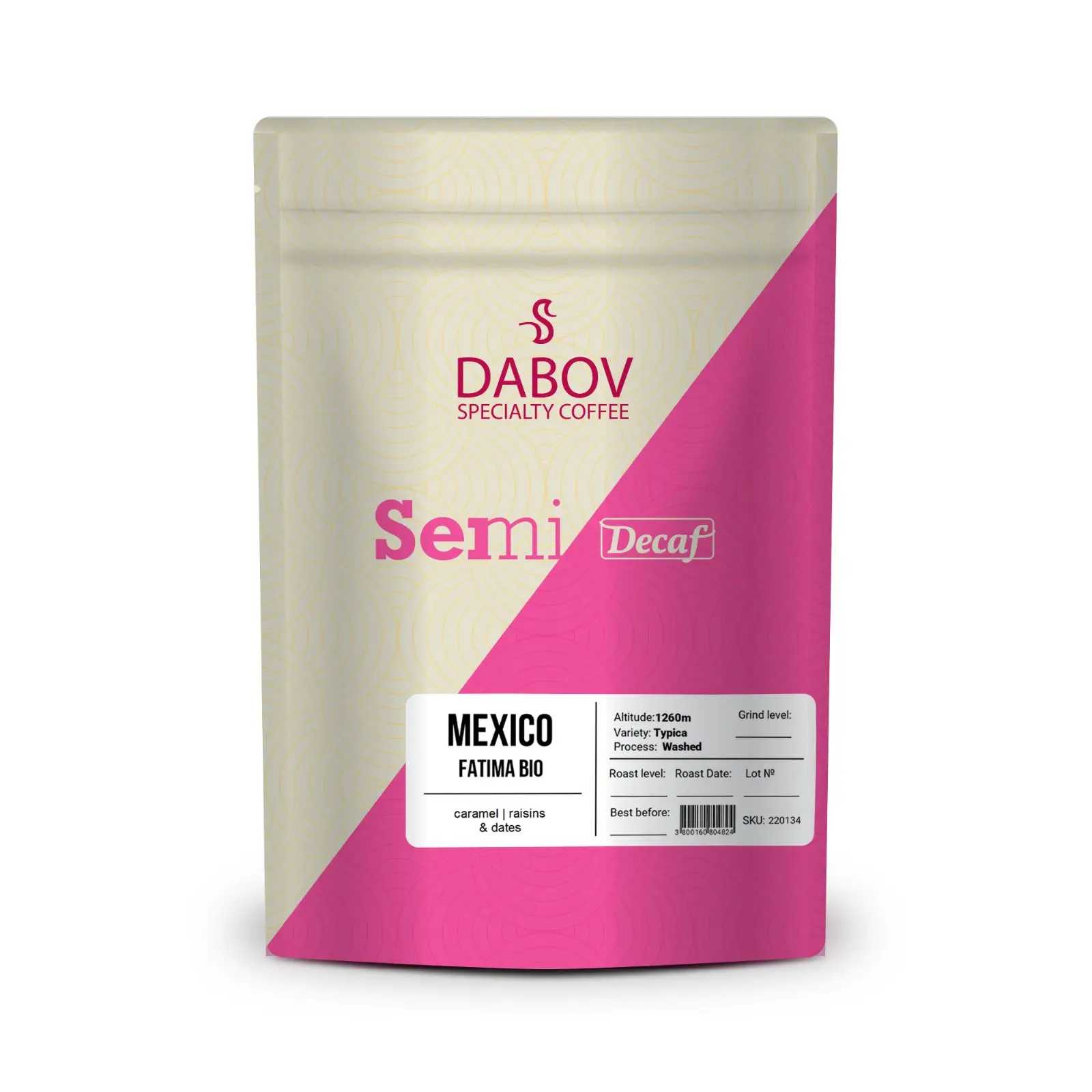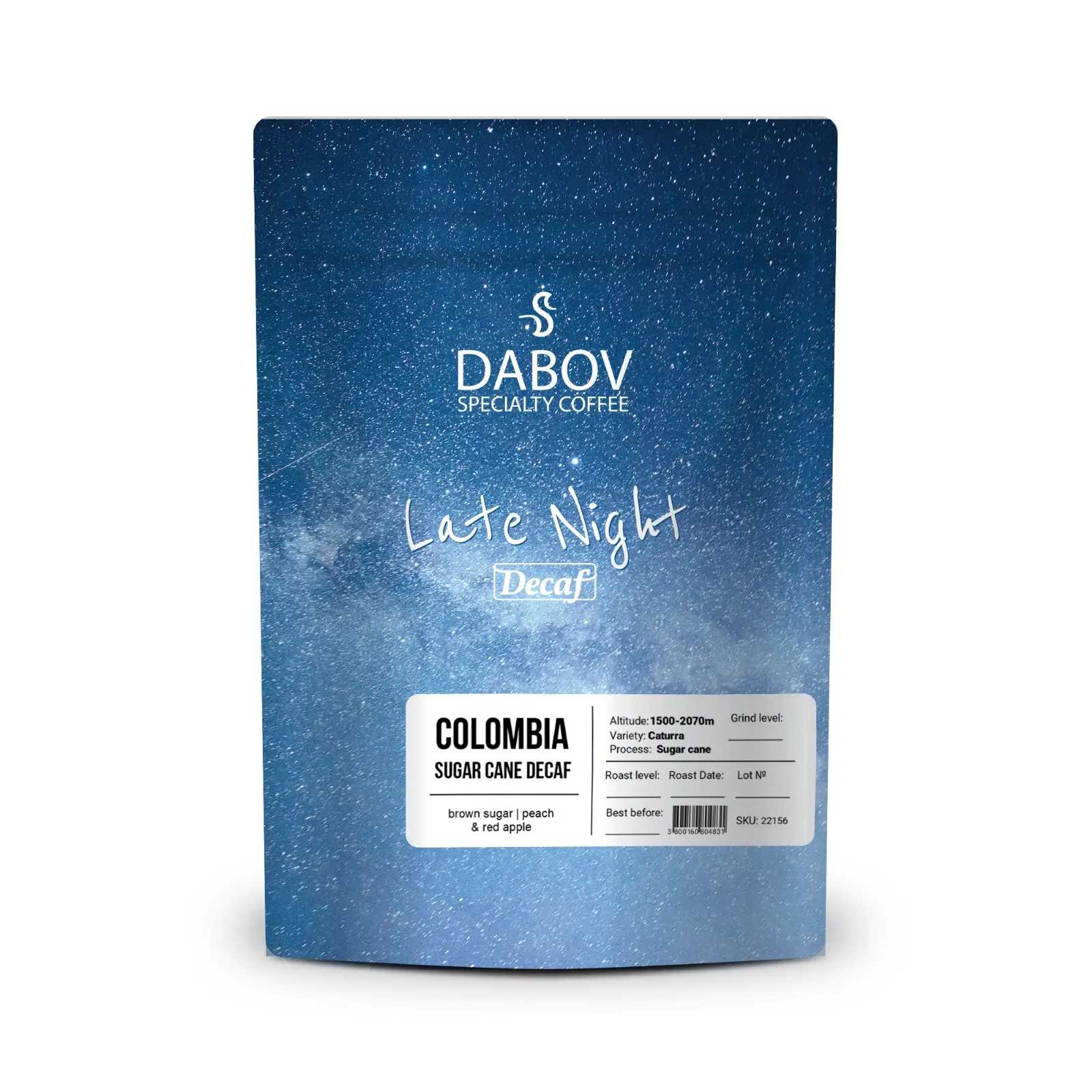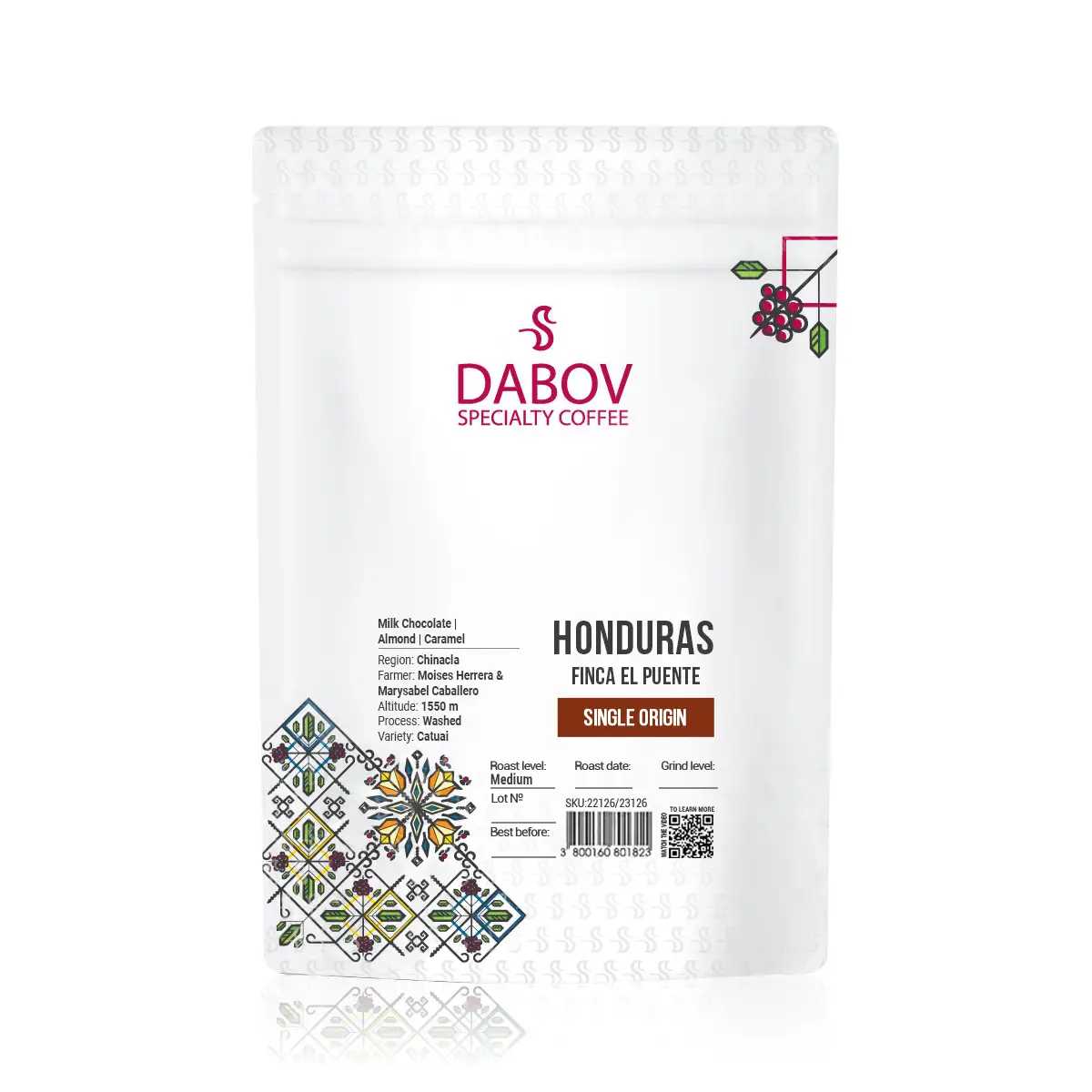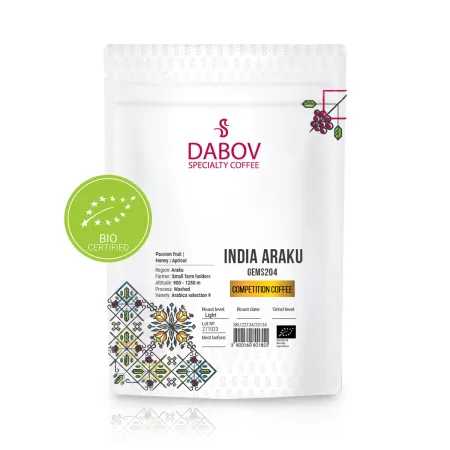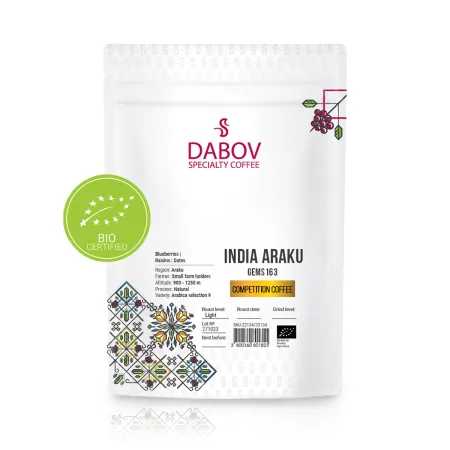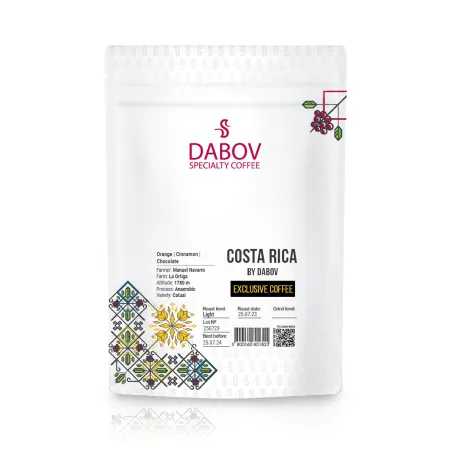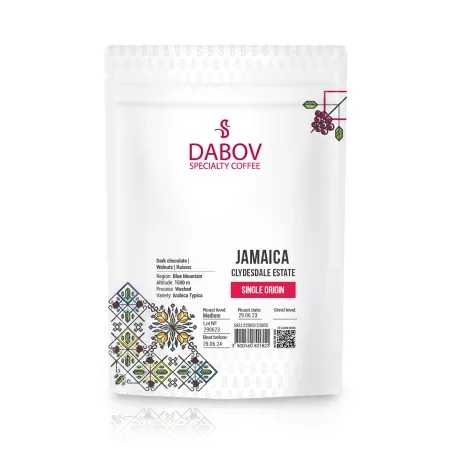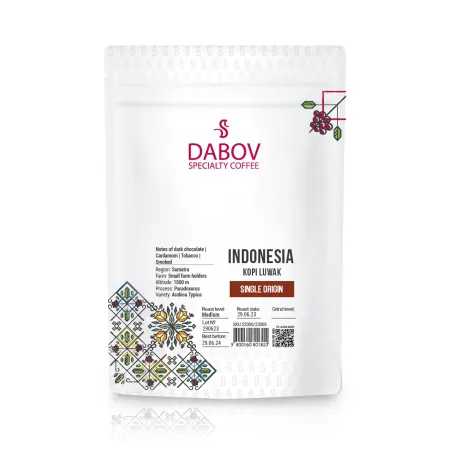The Incredible Journey of Coffee Every Step Explained
Explore the fascinating journey of coffee from bean to cup in our comprehensive guide. Discover how coffee is cultivated, processed, and enjoyed worldwide. We delve into the ideal growing conditions for coffee, the differences between Arabica and Robusta, and various harvesting techniques that affect flavor profiles. Learn about the intricate steps of coffee production, from cherry to bean, and uncover the drying and milling processes that shape your favorite brew. Expand your horizons with our coffee travel guide highlighting global coffee regions and cultural significances. Finally, we discuss the future of coffee including sustainability and advancements in processing techniques. Join us on this flavorful journey to appreciate every sip of your coffee!
Coffee, the aromatic elixir that fuels millions of people worldwide, has a fascinating journey from seed to cup. This beloved beverage has woven itself into the fabric of cultures across the globe, becoming an integral part of daily routines and social interactions. The story of coffee is one of rich history, complex cultivation, meticulous processing, and a global trade network that spans continents. In this comprehensive exploration, we'll delve deep into every step of coffee's incredible journey, uncovering the intricate processes that transform a humble cherry into the complex, flavorful brew we cherish.
1. Understanding the Coffee Journey
1.1 What is a Coffee Journey?
The term "coffee journey" encompasses the entire life cycle of coffee, from the moment a coffee seed is planted to the final sip of a perfectly brewed cup. This journey is a testament to the dedication of farmers, the precision of processors, the expertise of roasters, and the skill of baristas. It's a complex chain of events that involves numerous stakeholders, each playing a crucial role in delivering the quality and flavor that coffee lovers have come to expect.
The coffee journey begins in the lush, tropical regions where coffee trees thrive. It involves careful cultivation, precise harvesting, meticulous processing, and expert roasting. Each step in this journey contributes to the final flavor profile of the coffee, making it a truly remarkable process. Understanding this journey not only enhances our appreciation for the beverage but also sheds light on the global impact of coffee production and consumption.
1.2 Importance of Understanding Coffee's Journey
Grasping the intricacies of coffee's journey is crucial for both consumers and producers. For consumers, this knowledge fosters a deeper appreciation for the effort and expertise that goes into each cup. It enables them to make more informed choices about the coffee they purchase and consume, considering factors such as origin, processing method, and roast level. This understanding can lead to a more fulfilling coffee experience and a greater willingness to support sustainable and ethical coffee practices.
For producers, a comprehensive understanding of the coffee journey is essential for maintaining quality and improving efficiency. Every decision made during cultivation, processing, and roasting can significantly impact the final product. By mastering each step of the journey, producers can consistently deliver high-quality coffee that meets the discerning tastes of today's coffee enthusiasts.
Moreover, understanding the coffee journey is crucial for addressing sustainability concerns in the industry. Coffee production faces numerous challenges, including climate change, deforestation, and economic instability for farmers. By comprehending the entire process, stakeholders can identify areas for improvement and implement more sustainable practices throughout the supply chain.
2. Coffee Cultivation
2.1 Ideal Growing Conditions
Coffee trees are particular about their growing conditions, thriving in what's known as the "Bean Belt" - the region between the Tropics of Cancer and Capricorn. The ideal climate for coffee cultivation is characterized by stable temperatures between 60°F and 70°F (15°C to 21°C), ample rainfall, and rich, well-draining soil.
Altitude plays a significant role in coffee quality, with higher elevations generally producing more complex and flavorful beans. Arabica coffee, known for its superior taste, typically grows best at altitudes between 3,000 and 6,000 feet (900 to 1,800 meters) above sea level. These higher elevations provide cooler temperatures, which slow the growth of the coffee cherries, allowing more time for flavor development.
The world's major coffee-growing regions include countries like Brazil, Colombia, Ethiopia, Vietnam, and Indonesia. Each of these regions has unique microclimates that impart distinct characteristics to their coffee. For instance, Ethiopian coffees are known for their bright, fruity notes, while Indonesian coffees often have earthy, full-bodied profiles.
2.2 Arabica vs. Robusta Coffee
The two main species of coffee cultivated for commercial production are Coffea arabica (Arabica) and Coffea canephora (Robusta). These species differ significantly in terms of flavor profile, growing conditions, and caffeine content.
Arabica coffee, which accounts for about 60-70% of global coffee production, is prized for its complex flavor profile and lower caffeine content. It typically offers a sweeter, softer taste with notes of sugar, fruit, and berries. Arabica plants are more delicate, requiring specific growing conditions and being more susceptible to pests and diseases.
Robusta, on the other hand, is hardier and more resistant to disease, making it easier to cultivate. It grows at lower altitudes and can withstand warmer temperatures. Robusta beans have a stronger, harsher taste with a grainy overtone and peanutty aftertaste. They contain nearly twice as much caffeine as Arabica beans, which contributes to their more bitter flavor.
The choice between Arabica and Robusta has significant implications for farmers. While Arabica commands higher prices due to its superior flavor, it's more challenging and expensive to grow. Robusta, being more resilient and higher-yielding, is often more economically viable for farmers in certain regions.
2.3 Cultivation Methods
Coffee cultivation methods have evolved over time, with a growing emphasis on sustainability and quality. Traditional methods often involve growing coffee under a canopy of shade trees, which provides natural pest control and soil enrichment. This method, known as shade-grown coffee, is considered more environmentally friendly as it preserves biodiversity and requires fewer chemical inputs.
Organic coffee cultivation has gained popularity in recent years. This method eschews synthetic fertilizers and pesticides in favor of natural alternatives. Organic farmers use compost, animal manure, and beneficial insects to maintain soil health and control pests. While organic cultivation can be more labor-intensive, it often results in healthier ecosystems and can command premium prices in the market.
Sustainable coffee practices go beyond organic cultivation to address broader environmental and social concerns. These practices may include water conservation methods, fair labor practices, and initiatives to protect local ecosystems. Certifications such as Rainforest Alliance and Fair Trade have emerged to recognize and promote these sustainable practices.
Modern cultivation techniques also incorporate technology to improve efficiency and yield. Precision agriculture, using tools like GPS mapping and soil sensors, allows farmers to optimize irrigation and fertilization. Some farms are experimenting with hydroponic systems for coffee cultivation, which could potentially reduce water usage and increase yield in certain environments.
2.4 Harvesting Techniques
The harvesting process is crucial in determining the quality of the final coffee product. There are two primary methods of harvesting coffee: selective picking and strip picking.
Selective picking, also known as hand-picking, is the traditional and most labor-intensive method. Pickers carefully select only the ripe cherries, typically returning to each tree several times throughout the harvest season as cherries ripen at different rates. This method ensures that only the highest quality cherries are harvested, resulting in superior coffee. However, it's time-consuming and more expensive, making it most common for high-quality Arabica coffees.
Strip picking involves removing all cherries from the branch at once, regardless of their ripeness. This can be done by hand or with mechanical harvesters. While more efficient, strip picking results in a mix of unripe, ripe, and overripe cherries, which can affect the overall quality of the coffee. This method is more commonly used for Robusta coffee or in regions where labor costs are high.
Some farms are now employing a hybrid approach, using mechanical harvesters with optical sorters that can differentiate between ripe and unripe cherries. This method aims to combine the efficiency of mechanical harvesting with the quality assurance of selective picking.
The timing of the harvest is critical and varies by region. In countries near the equator, coffee may be harvested year-round, while other regions have distinct harvest seasons. Skilled farmers must judge the optimal time for harvest based on the color and firmness of the cherries, as well as local climate conditions.
3. Coffee Production Steps
3.1 From Cherry to Bean
The journey from coffee cherry to green bean involves several crucial steps that significantly impact the final flavor of the coffee. After harvesting, the cherries must be processed quickly to prevent spoilage and fermentation.
The first step is sorting, where damaged or unripe cherries are separated from the ripe ones. This can be done manually or using water flotation tanks, where the ripe cherries sink while the unripe ones float. Next, the outer skin and pulp of the cherry must be removed to reveal the coffee beans inside. Each cherry typically contains two beans, although occasionally a single round bean, known as a peaberry, may develop.
The method used to remove the pulp and extract the beans is a critical decision that affects the coffee's flavor profile. There are two main processing methods: wet (or washed) processing and dry (or natural) processing. The choice between these methods depends on factors such as local climate, water availability, and desired flavor characteristics.
3.2 The Role of Processing
3.2.1 Wet Processing
Wet processing, also known as washed processing, is a more modern method that produces cleaner, brighter coffees with higher acidity. In this method, the freshly harvested cherries are mechanically depulped to remove the outer skin and most of the pulp. The beans, still covered in a slippery layer called mucilage, are then fermented in water tanks for 12-36 hours.
During fermentation, naturally occurring enzymes break down the mucilage, making it easier to wash off. After fermentation, the beans are thoroughly washed with clean water to remove any remaining mucilage. This process results in a coffee with a cleaner, more uniform flavor profile, as it minimizes the impact of the fruit on the bean.
Wet processing requires significant amounts of water and specialized equipment, making it more resource-intensive. However, it offers greater control over the fermentation process and is preferred for high-quality Arabica coffees, particularly those from regions like Central America and East Africa.
3.2.2 Dry Processing
Dry processing, also called natural processing, is the oldest method of coffee processing. In this method, the entire coffee cherry is dried with the bean inside. The cherries are spread out on large patios or raised beds and regularly turned to ensure even drying. This process can take several weeks, depending on the climate conditions.
Once the cherries are fully dried, they are mechanically hulled to remove the dried pulp and reveal the green coffee beans. Dry processing imparts unique flavors to the coffee, often resulting in a fuller body, lower acidity, and more complex, fruity notes. This method is particularly well-suited to regions with limited water resources and is commonly used for Robusta coffees and some specialty Arabica coffees, especially from Ethiopia and Brazil.
While dry processing requires less infrastructure than wet processing, it demands careful attention to prevent over-fermentation or mold growth during the drying phase. When done well, dry processed coffees can command premium prices for their distinctive flavor profiles.
3.3 Quality Control and Grading
After processing, coffee beans undergo rigorous quality control measures and grading. This stage is crucial in determining the market value of the coffee and ensuring consistency in flavor and quality.
The first step in quality control is visual inspection. Trained graders examine the beans for defects such as insect damage, discoloration, or irregular shapes. The number and type of defects present can significantly impact the coffee's grade and price.
Next, the beans are sorted by size using screens with different-sized holes. Size uniformity is important for even roasting, as beans of different sizes will roast at different rates. Some specialty coffee buyers prefer larger beans, believing they correlate with higher quality, although this is not always the case.
Density sorting is another crucial step. Denser beans are generally considered higher quality as they often correlate with higher altitudes and slower maturation, which can lead to more complex flavors. Density sorting can be done using gravity tables or air jets.
Coffee is then graded based on these factors, with each producing country having its own grading system. For example, in Kenya, the highest grade is AA, followed by AB, PB (peaberry), and several lower grades. In Colombia, the highest grade is Supremo, followed by Excelso.
In addition to physical grading, many coffee lots undergo cupping, a standardized tasting process used to evaluate flavor profiles and detect any defects that may not be visible. Professional cuppers assess characteristics such as aroma, acidity, body, and flavor notes, providing detailed sensory analysis that can influence a coffee's market value.
4. Coffee Processing
4.1 Drying Techniques
After the initial processing to remove the cherry pulp, coffee beans must be dried to reduce their moisture content from about 60% to around 11-12%. This crucial step stabilizes the beans for storage and transport while significantly influencing the final flavor profile.
Sun drying is the traditional and most common method, especially in regions with reliable sunny weather. Beans are spread out on large patios or raised beds and regularly raked to ensure even drying. This method can take 1-2 weeks, depending on climate conditions. Sun drying is often preferred for its energy efficiency and the belief that it allows for more complex flavor development. However, it requires constant attention to protect the beans from rain and prevent over-drying.
Machine drying offers more control over the process and is less dependent on weather conditions. Large mechanical dryers use heated air to dry the beans more quickly, typically within 24-36 hours. While more efficient, machine drying must be carefully monitored to prevent damage to the beans from excessive heat. Some producers use a combination of sun and machine drying to balance efficiency with quality.
Innovative drying techniques are also emerging. For example, some producers are experimenting with solar dryers that combine the benefits of sun drying with the protection and control of machine drying. Others are exploring low-temperature, extended drying methods that aim to enhance flavor development.
The drying process is critical not only for preserving the coffee but also for developing its flavor potential. Slow, even drying is generally believed to produce better results, allowing time for chemical changes within the bean that contribute to complex flavor profiles.
4.2 Milling the Beans
Once the coffee beans are dried to the appropriate moisture content, they undergo a series of milling processes to prepare them for export. This stage involves several steps, each crucial for producing high-quality green coffee beans.
Hulling is the first step in the milling process. For wet-processed coffee, this involves removing the parchment layer (endocarp) that encloses the bean. In dry-processed coffee, hulling removes the entire dried husk surrounding the bean. This process is typically done with specialized huller machines that crack the outer layer without damaging the bean inside.
After hulling, the beans may undergo polishing, an optional process that removes any silver skin left on the beans. While some argue that polishing improves the appearance of the beans, others believe it can strip away oils that contribute to flavor. The decision to polish often depends on market preferences and local traditions.
Sorting is a critical phase of milling. It involves separating beans based on size, weight, and color. Size sorting is typically done using screens with different-sized holes, allowing for uniform batches that will roast more evenly. Density sorting, often performed with gravity tables, separates beans based on weight, with denser beans generally considered higher quality.
Color sorting, increasingly done with electronic eyes, removes discolored beans that may indicate defects. This process ensures a more consistent appearance and can significantly impact the coffee's overall quality and price.
Throughout the milling process, quality control measures are implemented to remove defective beans. This includes manual inspection and the use of advanced sorting technologies. Defects such as insect-damaged beans, unripe or overripe beans, and foreign matter are meticulously removed to maintain the coffee's grade and quality.
4.3 Exporting Green Coffee Beans
The final stage before roasting is the export of green coffee beans. This process involves careful packaging and logistics to ensure the beans reach their destination in optimal condition.
Green coffee beans are typically packed in jute or sisal bags, each containing 60-70 kilograms of coffee. These natural fiber bags allow the coffee to breathe while protecting it from moisture and contamination. For specialty or high-value coffees, additional protective measures may be taken, such as using grain-pro bags inside the jute sacks to provide an extra barrier against humidity and pests.
The packaging often includes details about the coffee's origin, processing method, and grade. For specialty coffees, additional information like the farm or cooperative name, altitude, and specific varietal may be included, reflecting the growing emphasis on traceability in the coffee industry.
Proper storage and transportation are crucial to maintaining coffee quality. Green coffee beans are hygroscopic, meaning they readily absorb moisture and odors from their environment. Therefore, they must be stored in cool, dry conditions and kept away from strong odors. During shipping, temperature and humidity levels are carefully monitored to prevent degradation of the beans.
The logistics of coffee export involve navigating complex international trade regulations and coordinating between producers, exporters, shipping companies, and importers. Many countries have specific organizations or boards that oversee coffee exports, ensuring quality standards and fair trade practices are maintained.
Increasingly, direct trade relationships between roasters and producers are reshaping the export landscape. These relationships often lead to higher prices for producers and greater transparency in the supply chain, but they also require producers to have a deeper understanding of quality control and international market dynamics.
5. Coffee: A Travel Guide
5.1 Coffee Growing Regions to Explore
For coffee enthusiasts, visiting coffee-growing regions offers a unique opportunity to experience the origins of their favorite beverage firsthand. Each major coffee-producing country offers distinct experiences and flavors, reflecting their unique terroir and cultural traditions.
Colombia, renowned for its high-quality Arabica beans, offers visitors the chance to explore the lush Coffee Triangle (Eje Cafetero). This region, comprising the departments of Caldas, Risaralda, and Quindío, is a UNESCO World Heritage site. Visitors can tour traditional haciendas, learn about the country's coffee history at the National Coffee Park, and enjoy breathtaking views of coffee plantations set against the Andes mountains.
Ethiopia, the birthplace of coffee, provides a journey through coffee's ancient roots. The Kaffa region, where coffee was first discovered, offers tours of wild coffee forests. In Addis Ababa, travelers can participate in traditional coffee ceremonies, a social ritual that's an integral part of Ethiopian culture. The Yirgacheffe region, famous for its floral and citrusy coffees, is another must-visit for coffee aficionados.
Brazil, the world's largest coffee producer, offers diverse experiences across its vast coffee-growing regions. The state of Minas Gerais, responsible for about half of Brazil's coffee production, is home to numerous fazendas (coffee farms) that welcome visitors. The Sul de Minas region is particularly known for its high-quality coffees and picturesque landscapes.
In Central America, countries like Costa Rica and Guatemala offer eco-friendly coffee tours. Costa Rica's Central Valley and Tarrazú regions are known for their sustainable coffee practices and stunning biodiversity. Visitors can combine coffee tours with adventures in cloud forests and volcanic national parks.
5.2 Coffee Tours and Experiences
Coffee tours have become increasingly popular, offering immersive experiences that go beyond simple tastings. These tours typically include visits to coffee farms, processing facilities, and roasteries, providing a comprehensive view of the coffee production process.
Farm visits allow travelers to witness coffee cultivation firsthand. Many farms offer the opportunity to participate in harvesting activities (season permitting), giving visitors a true appreciation for the labor-intensive nature of coffee production. Some farms also provide accommodations, allowing for a more in-depth experience of life on a coffee plantation.
Processing facility tours demonstrate the crucial steps that transform coffee cherries into exportable green beans. Visitors can observe wet and dry processing methods, learning how these techniques influence the final flavor of the coffee. Some tours include hands-on experiences, such as depulping coffee cherries or participating in the sorting process.
Cupping sessions, led by professional tasters, introduce visitors to the art of coffee evaluation. These sessions teach participants how to identify different flavor notes and assess coffee quality, often featuring a range of coffees from the region.
Barista workshops have also become popular additions to coffee tours. These hands-on classes teach visitors the basics of espresso preparation, latte art, and various brewing methods, allowing them to bring a piece of their coffee journey back home.
5.3 Savoring Local Coffee Culture
Exploring local coffee culture is an essential part of any coffee-focused travel experience. Each country has its unique coffee traditions and preparation methods that reflect its history and cultural values.
In Italy, the birthplace of espresso, coffee culture revolves around the bar (café). Visitors can experience the ritual of standing at the bar for a quick espresso, observing the precise art of Italian baristas. The variety of coffee drinks, from cappuccino to caffè corretto, offers insight into the nuances of Italian coffee culture.
Turkish coffee preparation, recognized by UNESCO as an Intangible Cultural Heritage, offers a glimpse into centuries-old traditions. Visitors can learn about the intricate process of preparing Turkish coffee and the art of reading coffee grounds, a popular form of fortune-telling.
In Vietnam, the strong and sweet cà phê đá (iced coffee) prepared with robusta beans and condensed milk, represents a unique fusion of local tastes and colonial influences. Coffee shops in cities like Hanoi and Ho Chi Minh City range from traditional sidewalk cafes to modern, Instagram-worthy establishments.
Japan's coffee culture, while more recent, has evolved into a highly refined art. Third-wave coffee shops in Tokyo and Kyoto offer meticulously prepared pour-overs and unique coffee experiences, often in aesthetically pleasing settings that reflect Japan's attention to detail and presentation.
6. The Future of Coffee Production
6.1 Sustainability in Coffee Cultivation
As the coffee industry faces increasing challenges from climate change and market pressures, sustainability has become a central focus. Sustainable coffee cultivation encompasses environmental, social, and economic aspects, aiming to ensure the long-term viability of coffee production while protecting ecosystems and supporting farming communities.
Environmentally sustainable practices include organic farming methods, agroforestry systems that integrate coffee with other crops and trees, and water conservation techniques. These practices not only reduce the environmental impact of coffee cultivation but can also improve resilience to climate change and pest pressures.
Social sustainability focuses on improving the livelihoods of coffee farmers and workers. This includes fair trade practices, gender equity initiatives, and programs to support education and healthcare in coffee-growing communities. Many coffee companies are now investing in direct trade relationships and community development projects in their sourcing regions.
Economic sustainability is crucial for the future of coffee production. With many coffee farmers struggling to make a living wage, there's a growing emphasis on increasing farm profitability. This involves improving yield and quality through better farming practices, diversifying income sources, and creating more equitable value distribution along the supply chain.
Certification programs like Rainforest Alliance, UTZ, and Fair Trade have played a significant role in promoting sustainable practices. However, the industry is also seeing a move towards more holistic, company-specific sustainability programs that go beyond certification requirements.
6.2 The Impact of Climate Change
Climate change poses a significant threat to coffee production worldwide. Rising temperatures, changing rainfall patterns, and increased frequency of extreme weather events are already affecting coffee-growing regions, with potentially devastating long-term consequences.
Higher temperatures can lead to faster maturation of coffee cherries, potentially reducing quality. They also favor the spread of pests and diseases, such as coffee berry borer and coffee leaf rust, which can devastate crops. Changes in rainfall patterns can disrupt flowering and cherry development, leading to reduced yields and quality.
In response to these challenges, the coffee industry is exploring various adaptation strategies. These include developing more resilient coffee varieties through breeding programs, implementing shade-growing systems to mitigate temperature increases, and diversifying crops to reduce economic risk for farmers.
Some traditional coffee-growing areas may become unsuitable for production in the coming decades, leading to a geographical shift in coffee cultivation. This could have significant socio-economic impacts on current coffee-growing communities and may lead to deforestation as production moves to new areas.
6.3 Innovations in Processing and Technology
The coffee industry is embracing technological innovations to improve efficiency, quality, and sustainability throughout the production process. These innovations range from agricultural technologies to new processing methods and quality control tools.
In cultivation, precision agriculture techniques are being adapted for coffee farming. Drones and satellite imaging are used for crop monitoring, allowing for early detection of pest infestations or nutrient deficiencies. IoT sensors in the field can provide real-time data on soil moisture and microclimate conditions, enabling more efficient use of water and inputs.
New processing methods are being developed to enhance coffee quality and reduce environmental impact. For example, anaerobic fermentation, where coffee cherries are fermented in a sealed, oxygen-free environment, is gaining popularity for its ability to produce unique flavor profiles. Low-water and water-recycling processing methods are being implemented to reduce the environmental footprint of wet processing.
In quality control, spectral analysis and artificial intelligence are being used to assess bean quality more accurately and efficiently. These technologies can analyze the chemical composition of green coffee beans, predicting cup quality and detecting defects that might not be visible to the human eye.
Blockchain technology is being explored as a way to improve traceability in the coffee supply chain. This could provide consumers with detailed information about their coffee's journey, from farm to cup, while also ensuring fair compensation for producers.
Genetic research is also playing a role in coffee's future. Scientists are working on mapping the coffee genome, which could lead to the development of varieties with enhanced disease resistance, climate adaptability, and flavor profiles.
Conclusion
The journey of coffee, from a humble cherry to the complex beverage we enjoy, is a testament to human ingenuity, agricultural expertise, and global cooperation. Each step in this journey - from cultivation and harvesting to processing, roasting, and brewing - contributes to the final flavor in our cup, making coffee one of the most diverse and nuanced beverages in the world.
Understanding this journey enhances our appreciation for coffee and those who produce it. It highlights the importance of sustainable practices, the challenges posed by climate change, and the ongoing innovations that shape the industry. As consumers, we play a crucial role in this journey. Our choices can support sustainable practices, fair compensation for farmers, and the preservation of coffee's diversity for future generations.
The next time you savor your morning brew, take a moment to reflect on its incredible journey. Consider exploring different origins, processing methods, and brewing techniques to fully appreciate the vast world of coffee. By becoming more informed and conscious consumers, we can contribute to a more sustainable and equitable coffee industry, ensuring that this beloved beverage continues to bring joy and connection to people around the world for generations to come.



